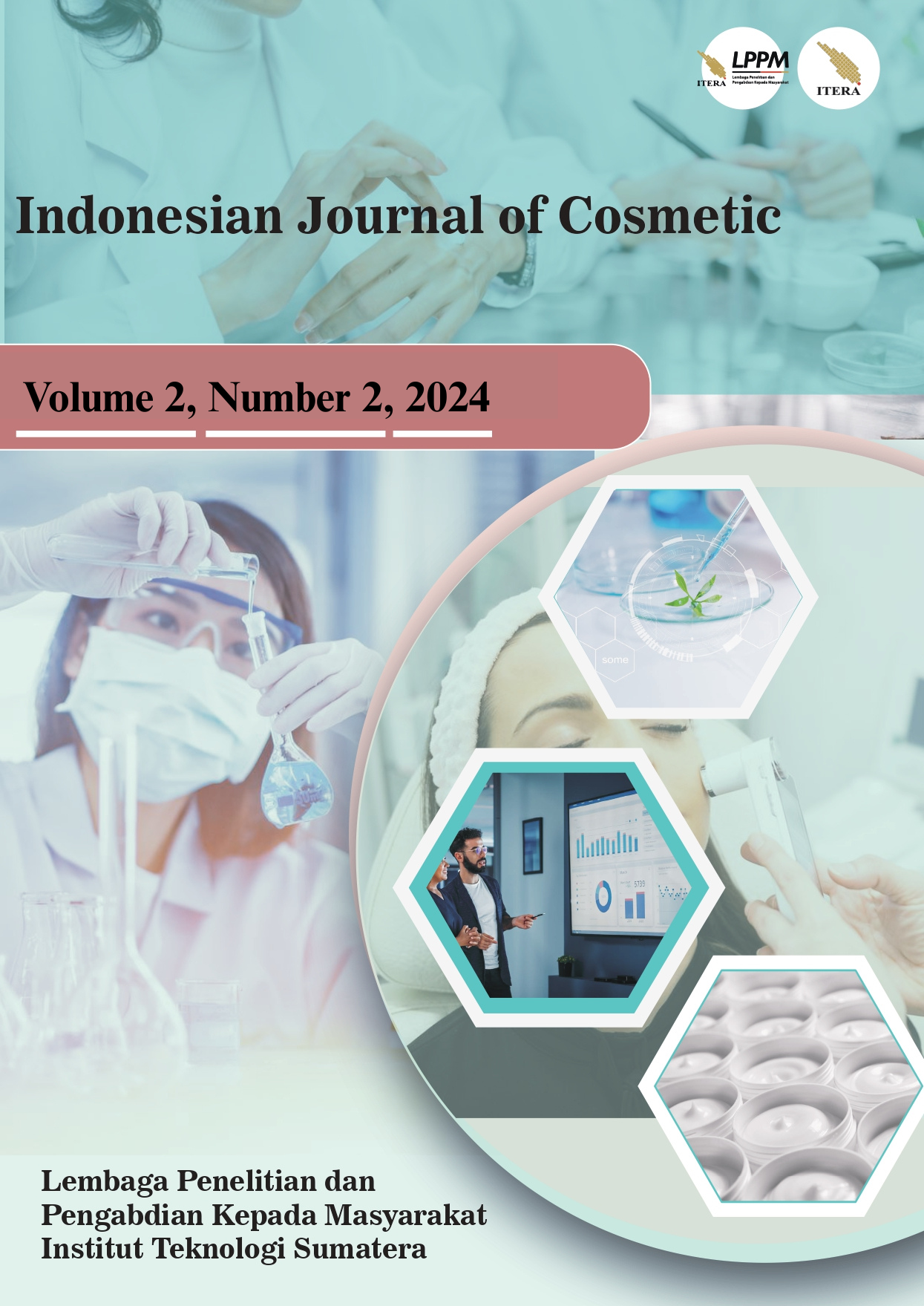THE IDENTIFICATION OF BIOACTIVE COMPOUNDS IN BUTTERFLY PEA (Clitoria ternatea L.) FLOWER SIMPLICIA: A MACROSCOPIC, MICROSCOPIC, AND PHYTOCHEMICAL STUDY
Abstract
The butterfly pea flower (Clitoria ternatea L.) is known for its distinctive purple petals. This plant typically grows as an ornamental and can be used as a natural eye remedy and food coloring, safe for human consumption. This study aims to investigate the characteristics and perform a phytochemical screening of the butterfly pea flower (Clitoria ternatea L.). The characteristics of the flower simplicia were examined through macroscopic and microscopic observations, followed by a phytochemical screening process, which included testing for alkaloids, flavonoids, saponins, tannins, and terpenoids/steroids using specific reagents. Additionally, non-specific characteristics, such as moisture content, were analyzed. The results indicate that the flower simplicia has a distinct odor, is tasteless, blue in color, and appears in a dry form. Microscopically, the flower simplicia revealed single grains and thin slices, showing epidermal cell fragments with stomata and crystal fibers with vascular bundles. The phytochemical screening confirmed the presence of alkaloids, saponins, and flavonoids, while tannins and terpenoids/steroids were absent.




